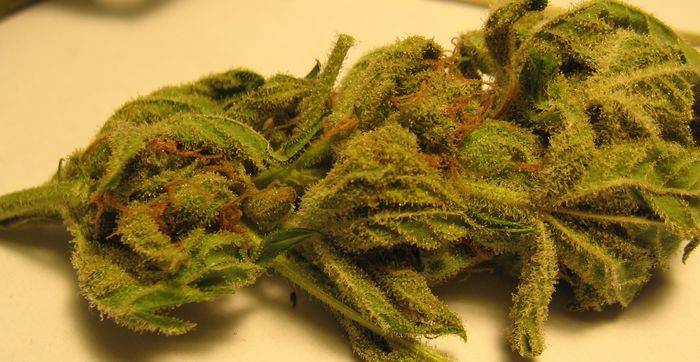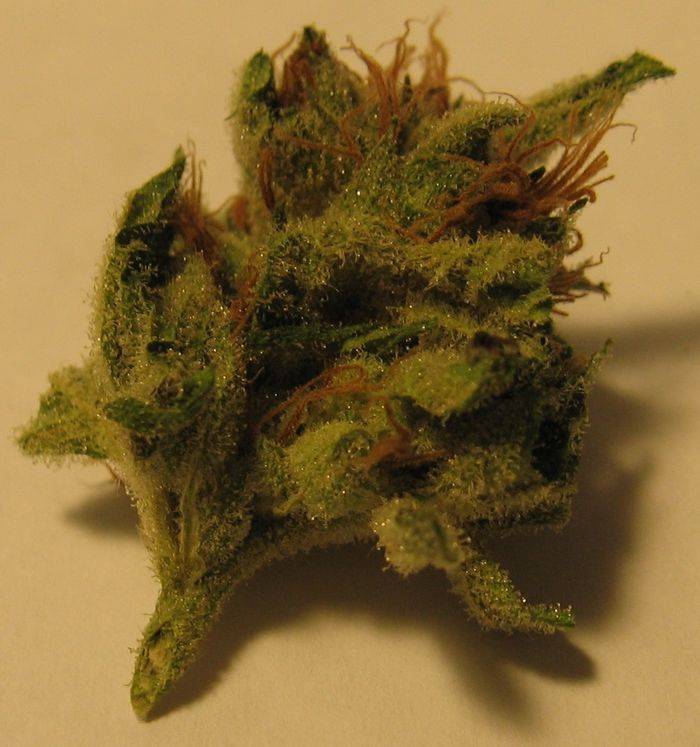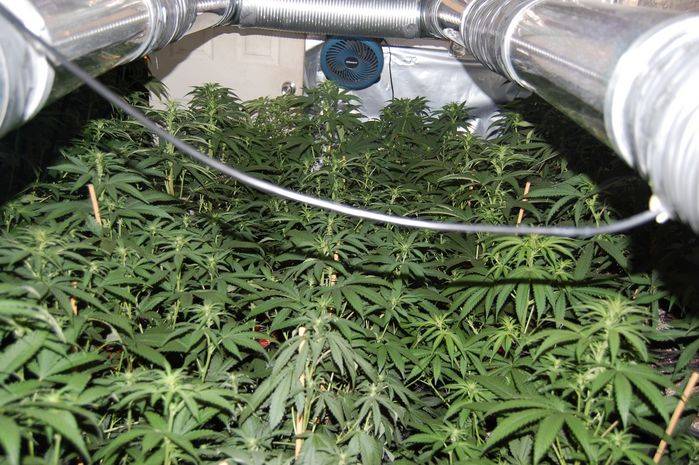Organic Weed
New member
Scrappy... any nutrient, chemical or whatever they are, will be decomposed sooner or later... it can take hundreds of years like plastic or a few days like banana peels, but at the end pretty much gets transformed... the question here is how will it take for chemical stuff to get transformed into organic stuff... my answer is a few months. I have been talking to a lot pf professional agronomist that work with organic production (tomatoes, salad, etc) and many of them share the thought that chemicals are a great and easy way to get concentrates in areas lacking in nutrients, provided that these chemicals are mixed with soil, residues, micro organisms, fungi and micro elements in a balanced quantity and cook for a few months before being used...







